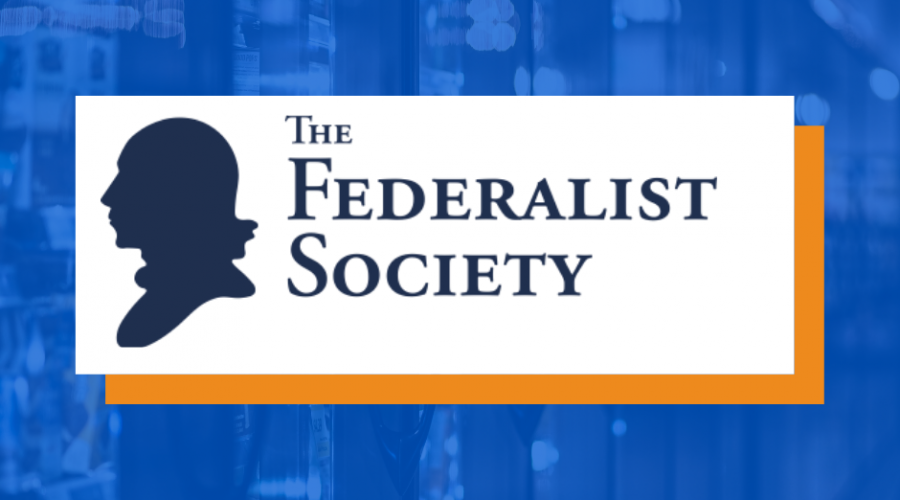Vaping Hysteria Will Mean More Tobacco Deaths
When products could save lives, it’s important for people to be informed about those benefits, along with the risks. Conversely, it’s harmful and immoral to spread misinformation that negatively affects public perception of life-saving products and discourages their use. Consider, for example, the unscientific, ideology-driven campaign against e-cigarettes, which deliver nicotine through vapor rather than smoke.
There is overwhelming scientific evidence that it’s best to quit nicotine use entirely. And kids shouldn’t vape. But some 34 million adults still smoke in the U.S., so we must offer them more-appealing, lower-risk alternatives than currently available pharmaceutical products which are largely ineffective.
Switching from cigarettes to e-cigarettes causes a significant reduction in risk, in the range of 95%, according to Public Health England. Former FDA Commissioner Dr. Scott Gottlieb properly emphasized that “the overwhelming amount of death and disease attributable to tobacco is caused by addiction to cigarettes — the only legal consumer product that, when used as intended, will kill half of all long-term users.”
And yet we are seeing a virtual war on vaping products, including San Francisco’s outright ban on e-cigarettes (but, incredibly, not on tobacco-containing cigarettes); Vermont’s new 92% tax on e-cigarettes; and the FDA’s barrage of taxpayer-funded TV ads that emphasize the addictive properties of nicotine in e-cigarettes — which are primarily nicotine-delivery devices — while failing to mention that they don’t contain the tars, smoke, or other lethal combustion products from burning tobacco.
Such analysis is the essence of comparative risk-assessment — taking into consideration not only a given intervention, but the alternatives. For example, many chemotherapeutic drugs for cancer are toxic and have serious side effects, but they are acceptable to patients and regulators if the alternative is an early death.
The most recent and alarming phenomenon is allegations that “vaping” is causing serious lung disease in teens. News reports detail the illness and quickly pivot to quotes from anti-e-cigarette activists about the dangers of nicotine e-cigarettes such as Juul.
However, many, if not all, of the people who have become ill with “serious lung disease” are using illicit drugs with a vaporizer. According to the Minnesota Department of Health, in their four-patient cluster, who are hospitalized at Children’s Minnesota Hospital, “use of both nicotine and marijuana-based products were reported.”
Thus, it appears that these illnesses have nothing to do with vaping nicotine, other than the fact that many users of illicit drugs (that are often contaminated with toxic psychoactive substances) also use vaporizers. Another example is that, reportedly, all of the dozen cases in Wisconsin of patients hospitalized with severe pulmonary injuries were reportedly “dabbing” — vaping THC (tetrohydrocanninoid) oil, which is derived from marijuana, and the purity of which is uncertain.
Blaming E-Cigarettes For Street Drugs’ Harm
Kids shouldn’t vape. But there is no evidence that the use of unadulterated commercial products that deliver nicotine is responsible for the spate of recently reported serious acute health effects.
If the illnesses had been related to the most widely used nicotine contained in e-cigarettes, we’d expect to see a relatively even geographical distribution of effects, especially since products like Juul are standardized and subjected to audited quality control lab testing. But we’re not seeing that.
Instead, we’re seeing clusters, which suggests that any genuine incidents are related to contaminated batches of street drugs — which are widely consumed via vaporizers. According to a just-released report from the U.S. Preventive Services Task Force, 7.5 million people 12 years old and older in the U.S. have been diagnosed with dependence or abuse of illicit drugs in the past year.
But that’s not stopping e-cigarette opponents from trying to score political points by mischaracterizing the problem by conflating e-cigarettes with street drugs. And health reporters have been all too eager to comply, rather than challenge their assertions. The same with regulators.
The FDA calls its irresponsible, unscientific anti-vaping media blitz “The Real Cost Campaign.” We think evaluating the real costs is a good thing. But what are the real costs of misleading people about the risks of e-cigarettes, especially in cases like the Wisconsin cluster?
First, adult smokers will be less likely to switch from smoking to vaping because of an unfounded fear of contracting “serious lung disease.” This alone stinks worse than Wisconsin’s most pungent cheese.
The not-so-hidden agenda behind the scare is to fool lawmakers into thinking e-cigarettes are as dangerous (or even more dangerous) than cigarettes, causing them to regulate these lower-risk alternatives inappropriately. This, too, will prevent smokers from quitting.
And finally, by attacking the e-cigarette bogeyman with malicious innuendo or outright lies, we’ll miss the opportunity to address the use of the dangerous street drugs that are actually causing acute illness. Going after standardized nicotine vapes for causing acute lung disease is like O.J. Simpson trying to find the real killer.
Anti-vaping activists regularly dredge up new scares about e-cigarettes, whether it is discredited allegations of popcorn lung, heart attacks, or toxic amounts of formaldehyde, But the people and organizations hyping the exaggerated or imaginary risks are never held accountable. Perhaps that shouldn’t be a surprise, since while everything around us seems to change, there’s one constant in journalism: If it bleeds, it leads.
Henry I. Miller, a physician and molecular biologist, is a senior fellow at the Pacific Research Institute. He was the founding director of the Food and Drug Administration’s Office of Biotechnology. Jeff Stier, J.D., is a Senior Fellow at the Consumer Choice Center.









